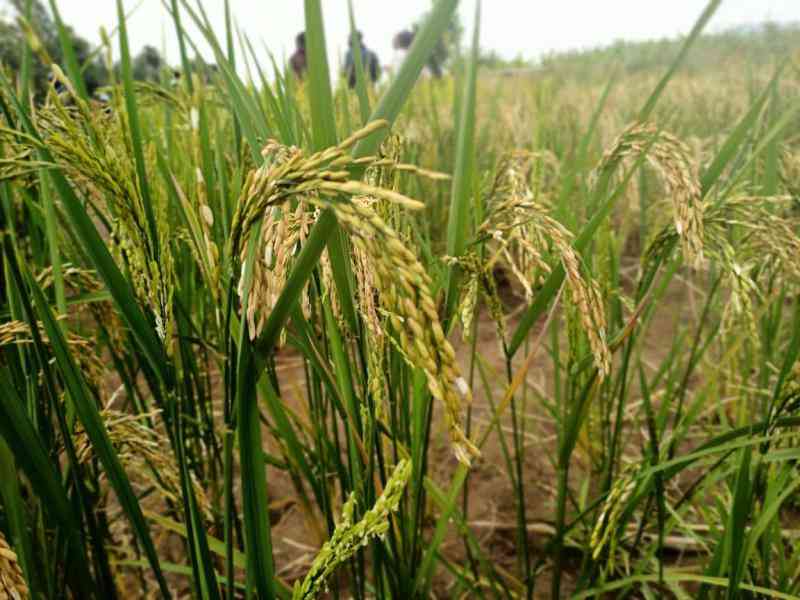×
The Standard e-Paper
Read Offline Anywhere

Some farmers in a rice field at Mitunguu in South Imenti, Meru county. [Phares Mutembei, Standard]
Researchers at International Rice Research Institute (IRRI) have developed an Artificial Intelligence (AI)-based image analysis model that estimates expected rice yield.